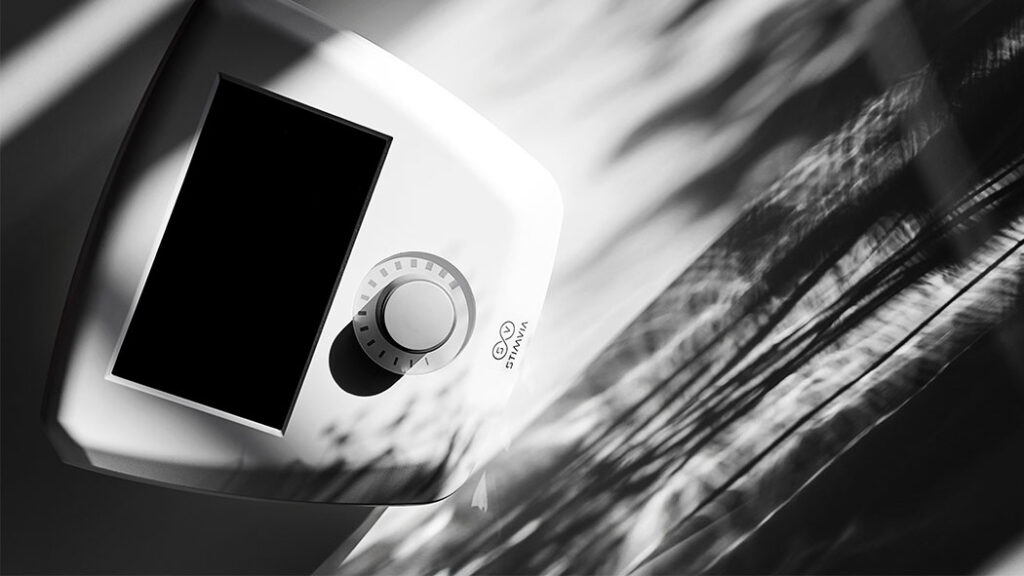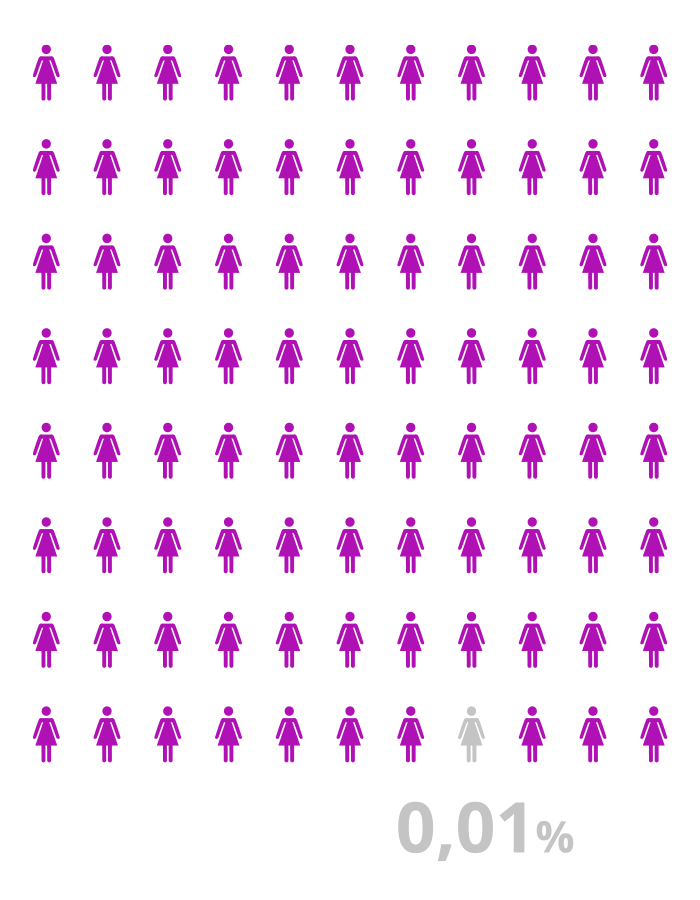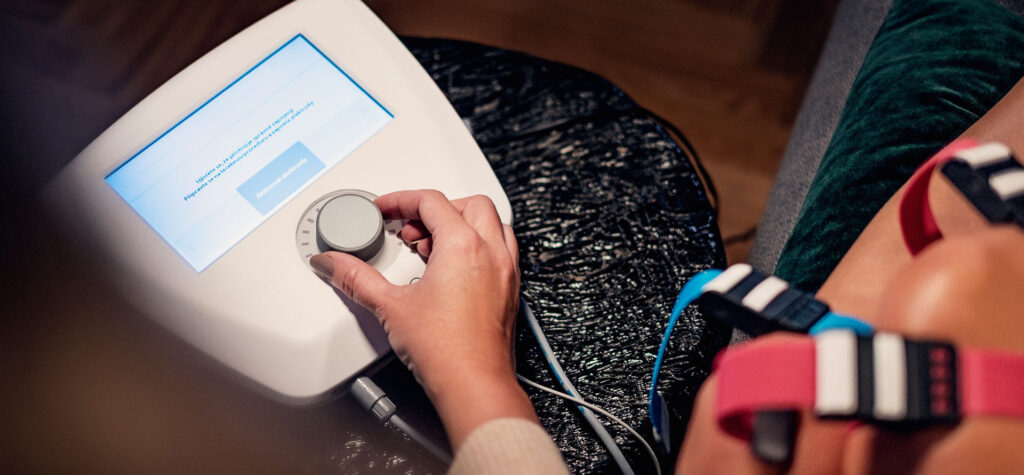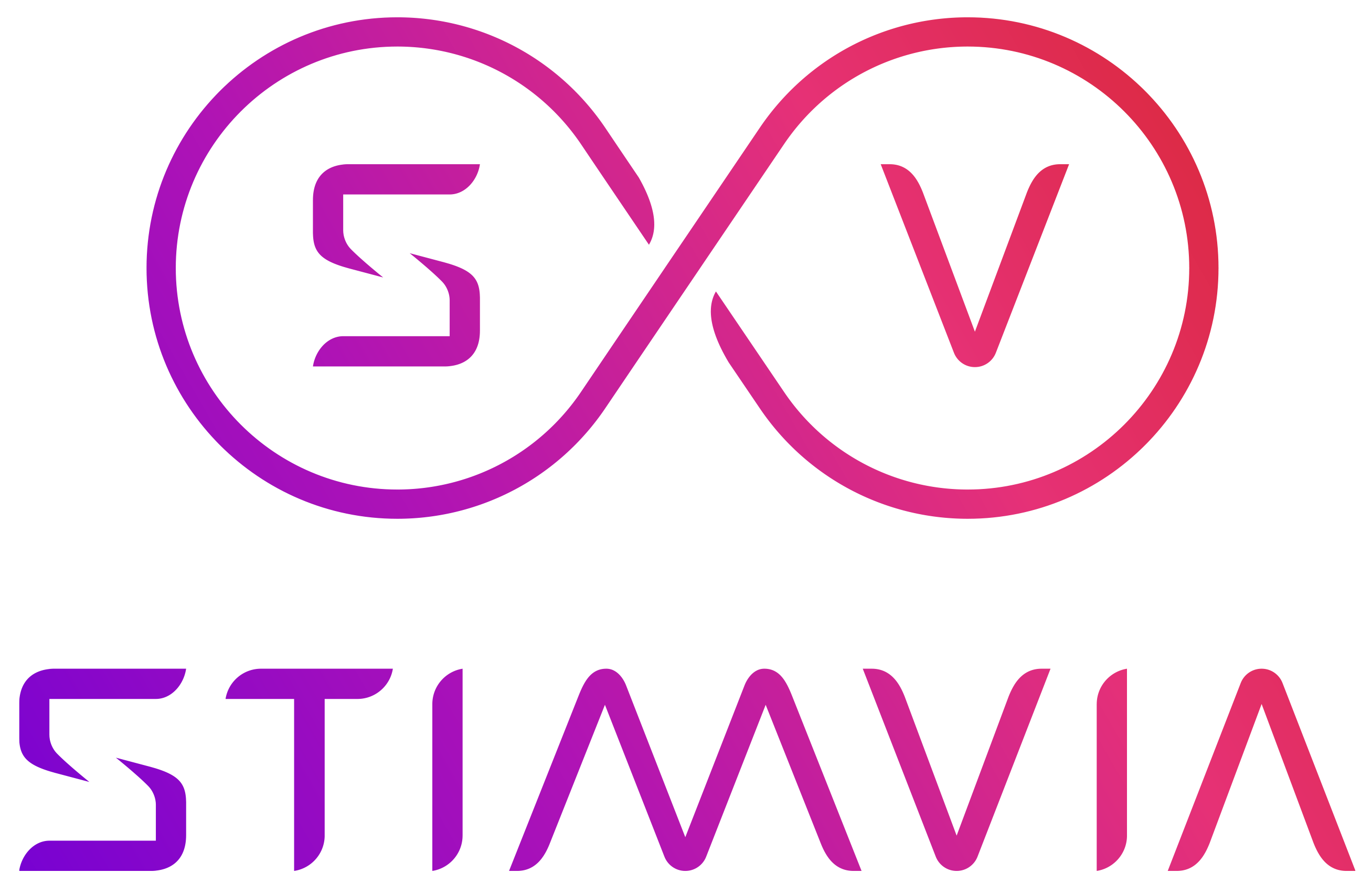Product
About our product
The URIS I nerve stimulator is intended for the treatment of lower urinary tract symptoms (urgency, frequency, nocturia, incontinence) using non-invasive electrical transcutaneous neuromodulation of the peripheral nerves or through percutaneous electrical stimulation of the tibial nerve (the treatment method is referred to as percutaneous tibial nerve stimulation (PTNS)), which serves to influence the nerve control of the lower urinary tract at the peripheral, spinal and supraspinal levels (insula, operculum , cingulum, supplementary motor area, middle frontal gyrus).
The URIS® device operates on a principle of electrical transcutaneous nerve modulation (eTNM®). Through specially designed electrodes, that do not compromise the integrity of the skin, URIS® can selectively stimulate nerve pathways to the brain. Such precisely targeted stimulation activates brain centers that are in decline, or to inhibit overly active brain centers in order to restore balance to the brain.
The URIS® device is the first clinically tested neuromodulation device that uses a closed-loop biofeedback system and is designed to allow treatment from the comfort of one’s home. Patients are provided with a treatment tailored to their conditions without the need to travel to a doctor.


URIS® and a treatment of overactive bladder (OAB)
Our first clinical target was the treatment of OAB, in which we have achieved excellent results. We also expect to achieve similar results in other clinical areas.
Specifically, in the treatment of an overactive bladder, we have observed an 80% reduction in the incidence of undesired episodes of urge to void and a significant activation of brain structures previously involved in the perception of a bladder filling. The stimulation consisted of two parts:
Phase 1: the intensive phase. A patient is stimulated over the course of 6-12 weeks. Stimulation occurs daily for 30 minutes per day. Our device relays data back to doctors allowing them to adjust the stimulation parameters to each patient’s exact needs in order to achieve maximum treatment effectiveness.
Phase 2: the maintenance phase. Stimulation frequency is gradually reduced from daily to weekly stimulations with the goal of eventually only requiring a single stimulation session per month.
According to clinical studies, this is one of the most effective methods of treating OAB, comparable in its effects to an invasive treatment, but with a very few risks and side effects. Only 0.01% of clinical study patients experienced side effects.
ONLY 0.01% OF CLINICAL STUDY PATIENTS EXPERIENCED SIDE EFFECTS
URIS® is unique
Learn more about how our technology has helped to improve a quality of life for patients with an overactive bladder disease. Curious about what their life is like after stimulation, what the URIS® treatment itself meant to them, or the results of recent clinical trials?

Innovating Neuromodulation Therapy
through Advanced AI
At Stimvia, we transcend conventional neuromodulation therapy by integrating the prowess of advanced AI with the precise data capture of the URIS device. Our unique approach pivots on crafting a tailored therapeutic landscape that evolves with each patient’s distinctive neurophysiological narrative.
Our Adaptive Algorithmic Interventions are the linchpin of a system that’s heavily vested in predictive analytics. By meticulously analyzing treatment sessions and their consequent outcomes, our AI unearths underlying patterns and insights. This isn’t just about data recording; it’s about delving deep into the data to anticipate treatment efficacy and adapt interventions accordingly.
Central to our approach is the capability to predict the success trajectory of a treatment plan. Our AI system sifts through vast data streams, foreseeing potential outcomes, identifying anomalies, and pinpointing areas for recalibration. This predictive foresight is instrumental in crafting a treatment pathway that’s not just effective but continually evolving.
Error identification is another hallmark of our system. Our AI doesn’t just flag mistakes or deviations; it dissects them to understand their root cause, be it a misalignment in electrode placement or an unexpected physiological response. This proactive error rectification underscores our commitment to precision and continual refinement.
Holistic Personalization underscores our commitment to individual-centric therapy. Every facet of our AI is tuned to understand, adapt, and refine interventions that resonate with the patient’s unique neurophysiological profile. This holistic approach ensures that the therapy isn’t just precise and effective, but also deeply personalized.
At Stimvia, we believe that the amalgam of cutting-edge AI and the URIS device is a game-changer in neuromodulation therapy. It’s not merely about administering treatment; it’s about redefining the paradigms of personalized therapy. Through this symbiotic fusion of technology and human insight, we envision a future where neuromodulation therapy delivers outcomes that are as remarkable as they are consistent. Welcome to a new epoch of personalized therapy, where every pulse, every intervention, is a precise reflection of the individual’s unique therapeutic needs.

Application
Our technology aligns with the growing interest in telemedicine. An integral component of this treatment is a mobile app that collects data about each stimulation session and the stimulation efficacy. At the end of each stimulation session the data is sent directly to an attending physician so that the patient’s condition is always monitored, even remotely.
Access to this data also allows for doctors to predict treatment success and facilitates the creation of new treatment parameters. Treatment with our technology is therefore highly responsive to a patient’s real condition and the extent of his or her disease making it highly effective.
